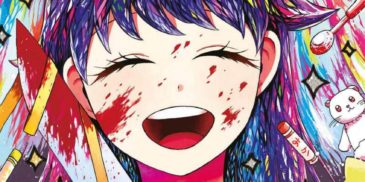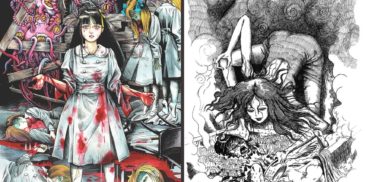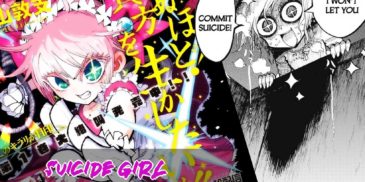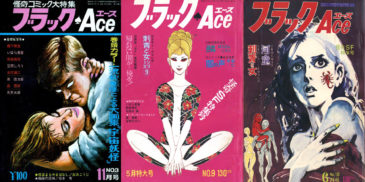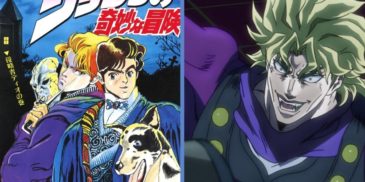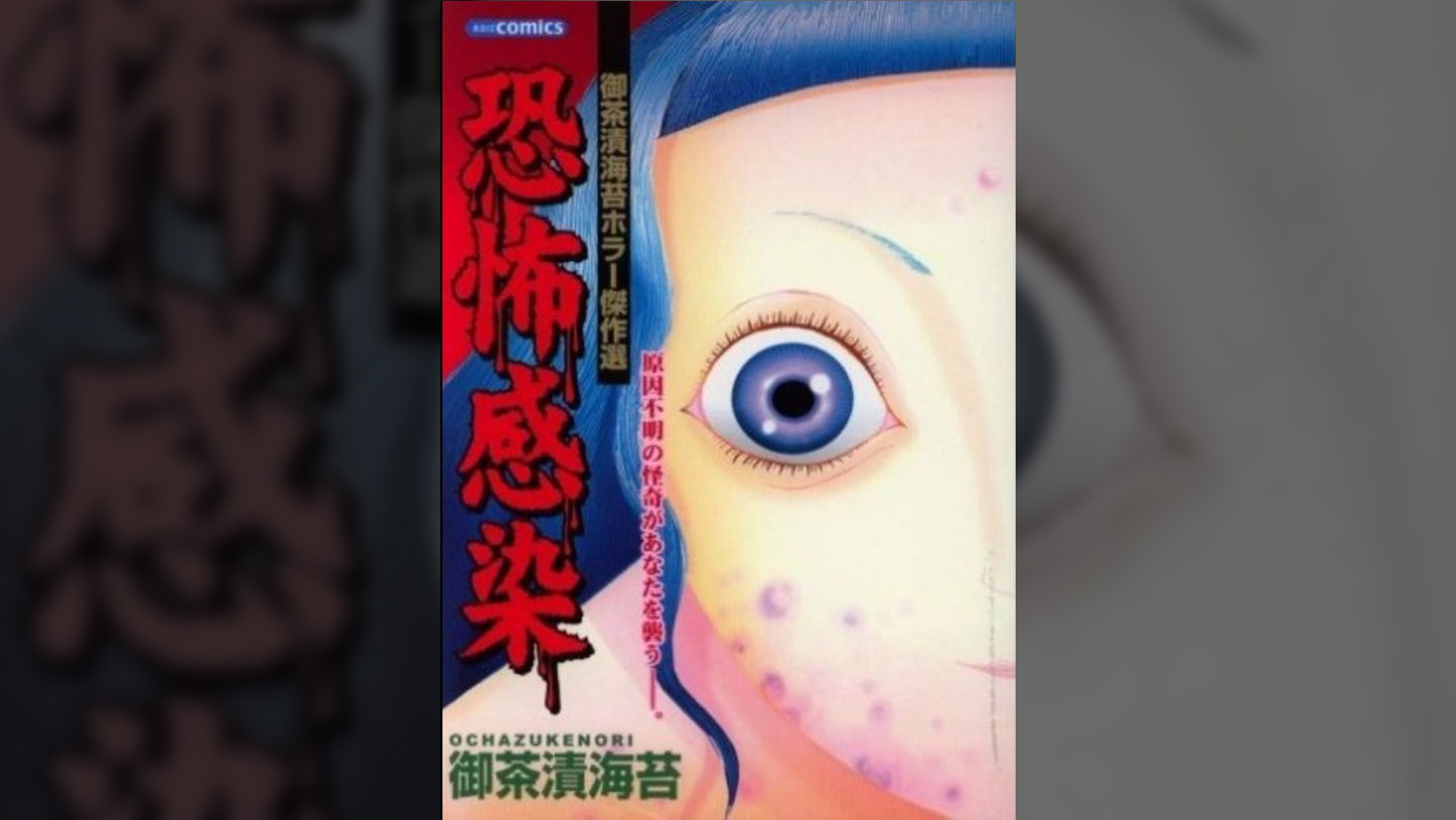
I am always on the lookout for more extreme and challenging horror manga as a fan of work that pushes those boundaries of what is acceptable as entertainment. That said, there is a fine line between shock with substance and pitiful attempts to be edgy in a way to draw anyone in. As a result, there is sometimes an instant disconnect from certain works when faced with the concept of extremism without substance.
Ochazuke Nori is a name I have been familiar with for some time, as his work also crosses over into cinema as a director. However, my first experience with his manga was unfavorable to say the least, hitting those notes that caused instant disconnect.
Admittedly, I never gave him much of a chance being dissuaded by his visual aesthetic and the short episodic nature of his work (currently fan translated). Sometimes, we tend to judge too early, and after hearing his work spoken of in high regard, I decided to give the work a second look. Not sure if I would regret this choice or find another beloved horror mangaka, I dove into Fear Infection.
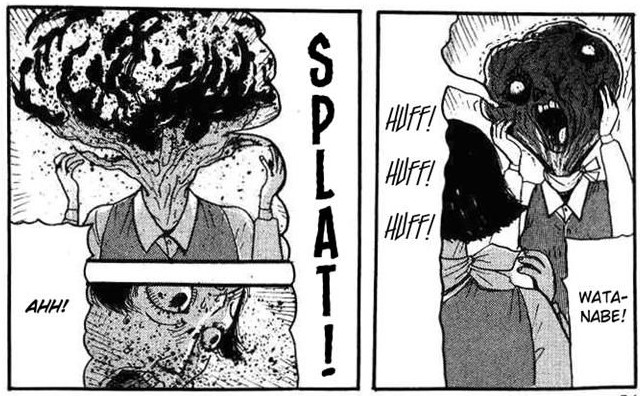
What Is It?
Collecting 9 stories published over two years in the culture magazine of ‘Horror M’, Fear Infection presents the reader with a sampling of the creator’s personal favorites. From exploding heads on an airplane to a killer Santa hunting bad kids, the work often focuses on horror born from childhood trauma, paranoia and the absurd, while always guaranteeing bloody violence.
What Did I Like About It
Surprisingly, what deterred me first time around ended up being the major draw for me this time around: the artwork. Nori’s aesthetic conveys a dark childhood fantasy with his stripped-back art, adding an extra layer of tragedy into dire situations. Additionally, this approach makes the gore all that more unsettling – like a children’s novel devolving into pure unbridled chaos. A great example of this is the head-exploding chaos of ‘Infection on Flight 999′ where the action verges on comedic but manages to stay disturbing within the clashing of innocence and extreme that Nori balances impeccably.
Narrative-wise, the mangaka excels when approaching the subject of troubled childhood through ‘Sketch Diary’, starting the collection on a strong note. A young child pushed to murder her family is made unsettling by Nori’s artistic approach and his ‘matter of fact’ way of approaching the narrative. This short reminded me slightly of Hideshi Hino’s approach; bad people do bad things and get murdered for it – simple yet effective. This entry also conjured up memories of ‘Hepatica Nobilis’ by Rensuki Oshikiri, one of the more disturbing works about child murder that also carries a similar visual aesthetic. Both are favorable comparisons in the realm of horror manga.
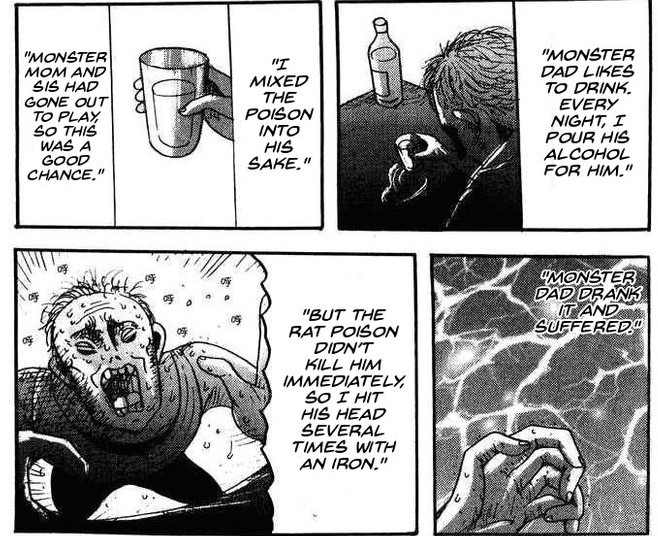
What I Didn’t Like About It
This work lacks those definitive panels to stop the reader in their tracks. Unfortunately, my desire to see a single page highlighting the artist’s style never materialized. Additionally, the panel work is frustrating in the way that all larger images come framed by huge text boxes that distract from the images.
True of any anthology, some of the stories land flat such is the case with ‘Rat Egg’ and ‘Paper Idol’. Adversely, the story ‘In Search of a New Land’, while strong in concept, borders on unnecessary extremism with some stomach-churning dental torture. Overall, the quality of stories feels drastically varied and consequently makes it hard to embrace the work as a whole.
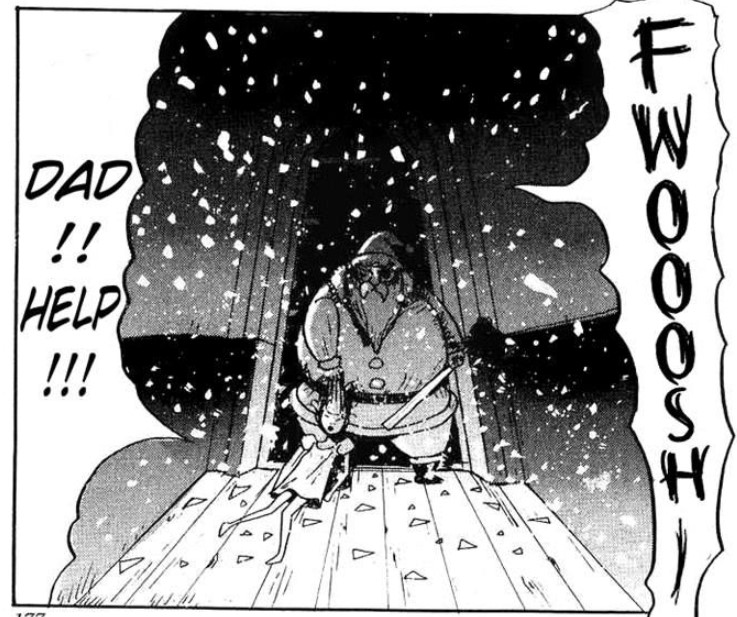
Overall Thoughts
My main thought when finishing this work was that I need to read more of Ochazuke Nori, although perhaps not for the ideal reasons. I can’t say I liked ‘Fear Infection’ as the release was inconsistent in quality and it did not present Nori’s art in the most complimentary manner. However, there are a few shorts here that really stood out for me such as Infection on Flight 999, Christmas Present and Sketch Diary, all engaging while having drastically different tones and subject matter that still marks it a worthwhile experience.
This release also had me at odds at certain points, making it hard to think of concrete positives and negatives. As mentioned, I really disliked the layout and panel work but still enjoyed the art itself – wishing it had more room to show off. In general, the release felt like it was constantly tugging me between general disconnect and a giddy morbid fascination – never landing somewhere in the middle.
Am I glad I gave Nori a second chance? Certainly! Am I hopeful his work gets a proper English release? Absolutely! However, at this point, I need to dive deeper into the work before coming back with a strong opinion on how I feel about his particular brand of horror.
More Manga Reviews:
How can one not be drawn in by the vague title and a colorful cover art showing a smiling girl surrounded by blood alongside cute items? Honestly, sometimes it is… Hello Spookies! Class is in session! I’m here to let you know about a little J-Horror project brought to you by Junji Ito and Junji Inagawa. A lot of you… Horror manga has seen a steady surge in popularity with the likes of Junji Ito, making it to international recognition and closing the gap of mainstream versus the underground. To… Suicide Girl is an ongoing action horror magic girl manga, written and illustrated by Atsushi Nakayama. Atsushi is best known as the creator/illustrator of Uratarou, The Zombie Maria, Nejimaki Kagyu,… After contributing to periodical manga magazines such as Manga OK from the mid-60s, the ever-ambitious Taro Bonten would decide to create his own bespoke gekiga magazine in 1969 named Black… This was way, way back in the Before Times when JoJo’s Bizarre Adventure wasn’t a weird looking Adventure Shonen filled with Stands, memes, and confusing masculinity. It actually started out…Children Manga Review – The Horror of Broken Youth
The Junji Ito Horror Project: Tales of Terror Retold
Obscure Horror Manga – The Disturbed Visions of Noroi Michiru
Suicide Girl (2020) Manga Review – Dark-Humoured Magic Girl Manga
Black Ace – The Ground-Breaking Horror Manga Magazine
Jojo’s Bizarre Adventure and Its Origins in Horror
